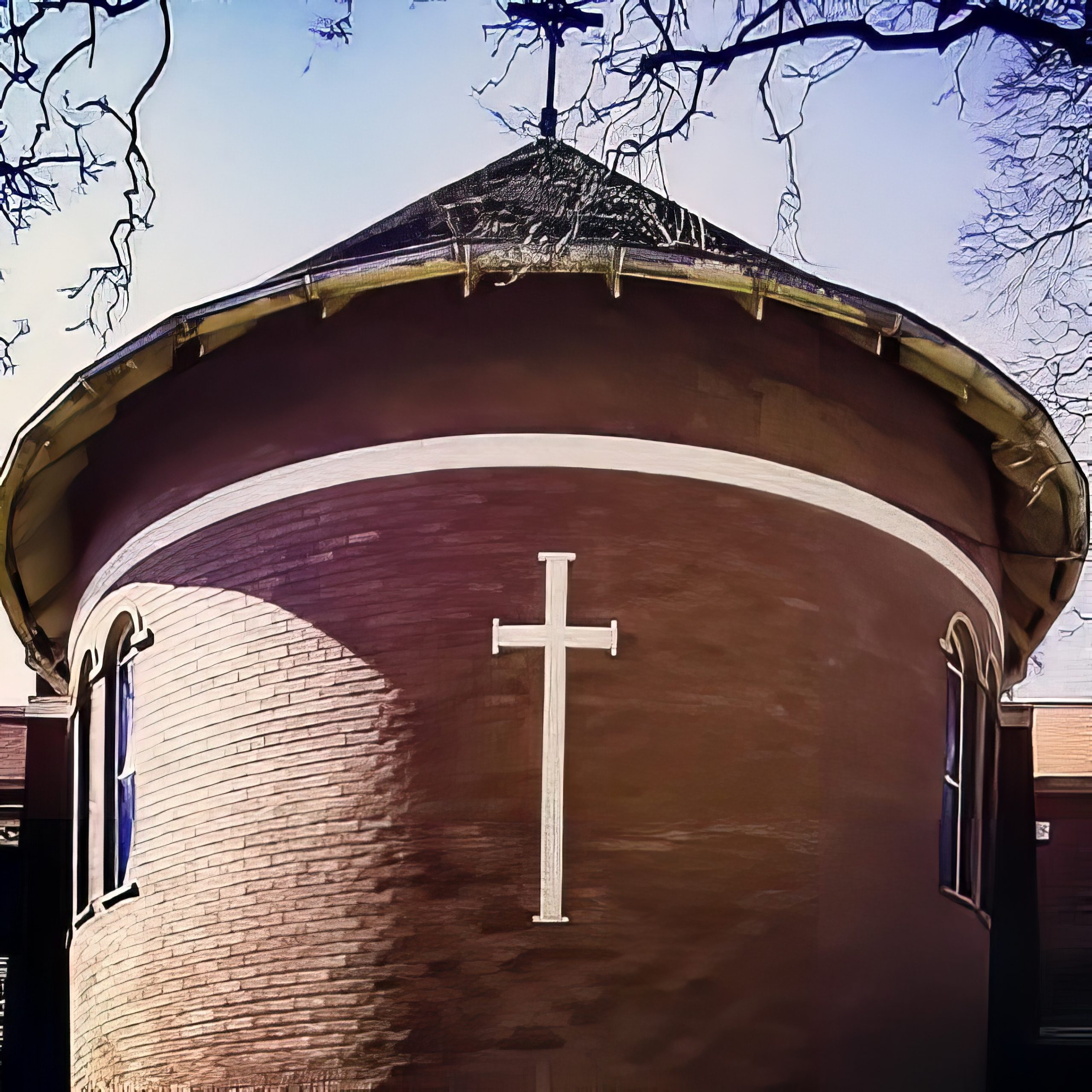The Christian cross is undoubtedly the most recognizable symbol of the Christian religion. It has come to represent Jesus Christ’s death and resurrection, which are central tenets of the faith. However, the cross’s history goes beyond its association with Christianity, and its significance can be traced back to several ancient civilizations.
Before the emergence of Christianity, the cross was used as an ornament and symbol of religious significance by many ancient civilizations worldwide. The Egyptians, Syrians, Greeks, Persians, Europeans, and parts of Africa all utilized some form of the cross in their worship.
The Tau Cross and the Fylfot Cross were the two primary forms of the cross used in pre-Christian times. The Tau Cross, resembling the Greek capital letter T, was initially utilized by pagans but was later adopted by Christians in Egypt, where its use became common. It is sometimes referred to as the Egyptian Cross.
The Fylfot Cross, on the other hand, resembled four Greek capital letters G placed together. It was utilized by ancient civilizations such as the Greeks and the Hindus and was regarded as a symbol of good luck and prosperity.
The incorporation of the cross into Christianity was a natural evolution, given its widespread use as a symbol of religious significance. For Christians, the cross ultimately came to represent the ultimate sacrifice Jesus Christ made for humanity’s redemption, his death and resurrection, and eternal life.
Beyond being a symbol of Christianity, the cross is also recognized as a symbol of hope, love, and sacrifice. At Parktown Convent, the crosses on the walls serve as a reminder of the sacrifice that Jesus Christ made and the central tenets of the Christian faith.
The Greek Cross and the Latin Cross
The two most popular variations of the cross that are associated with the Christian faith are the Greek Cross and the Latin Cross. The Greek Cross, also known as the Crux Quadrata, is characterized by four equal arms intersecting at right angles. This variation of the cross is commonly associated with the Greek Orthodox Church and is regarded as a symbol of faith, unity, and balance.
The Latin Cross, on the other hand, is characterized by a longer vertical arm and a shorter horizontal arm. This variation of the cross is commonly associated with the Roman Catholic Church and is regarded as a symbol of sacrifice and redemption.
Interestingly, the Latin Cross’s significance has been the subject of many debates, with some scholars arguing that the cross’s shape was altered to resemble a sword, which was regarded as a symbol of power and domination in ancient Rome. Others argue that the cross’s shape was altered to resemble the crucifixion of Jesus Christ.
The Cross in Modern Times
Today, the Christian cross is recognized worldwide and has become a popular symbol beyond Christianity. The cross is often utilized in fashion, jewellery, and art, with many designers incorporating the cross into their creations.
The cross has also become a popular tattoo design, with people opting for different variations of the cross to represent their religious beliefs or as a form of self-expression.
Whether it’s the Greek Cross, the Latin Cross, or any other variation of the cross, the symbol’s significance remains the same – hope, love, sacrifice, and redemption. At Parktown Convent, the crosses on the walls serve as a reminder of the central tenets of the Christian faith and the ultimate sacrifice Jesus Christ made for humanity’s redemption.



Leave a Reply